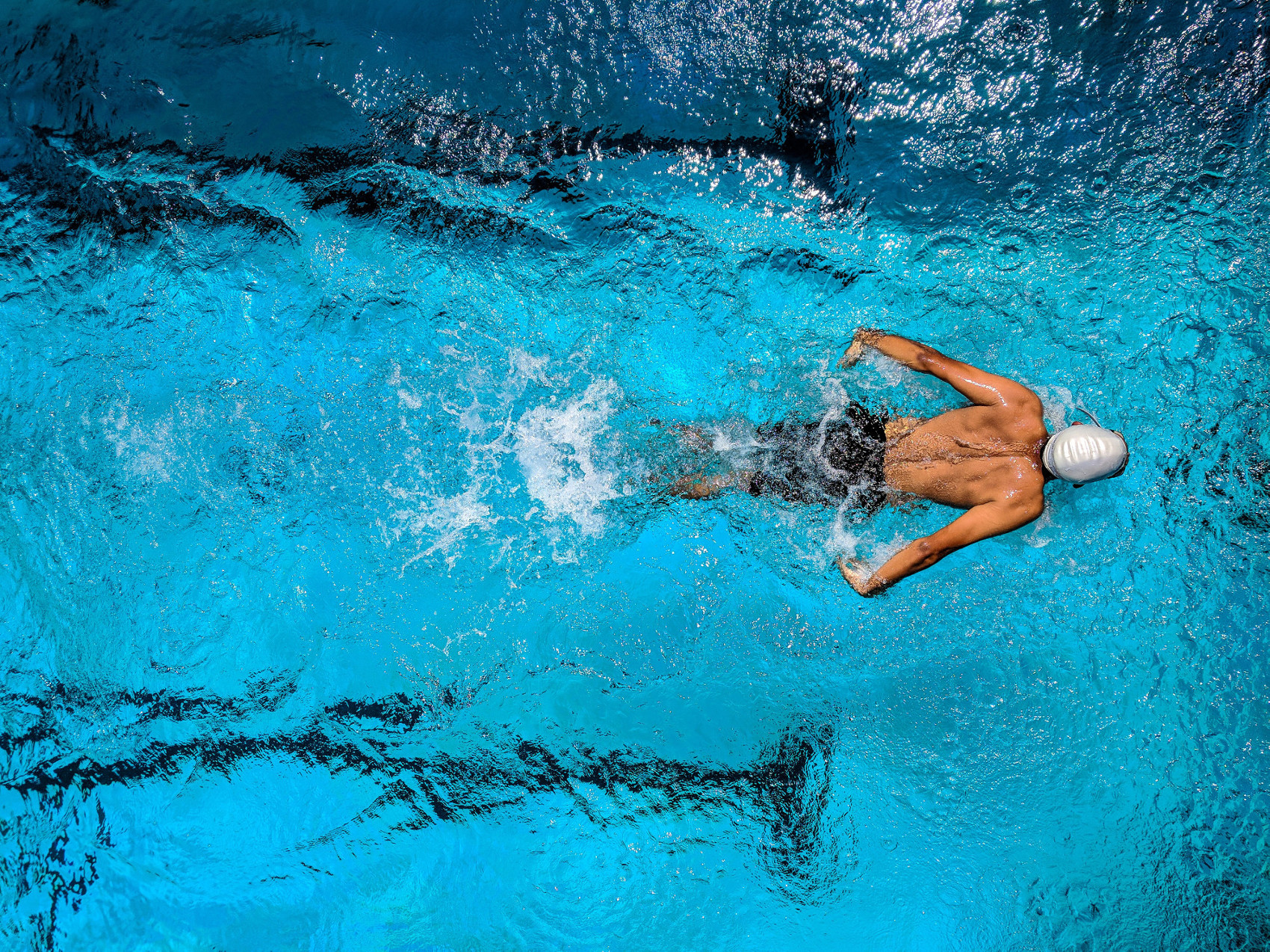3 Ways to use Imagery Before Competition to Enhance your Performance
Reading time: 6 minuteS
What you’ll learn
What is imagery and what is it used for?
How do I practice Imagery?
How can I used imagery in my training?
Integrate imagery into your day so you’re getting better results!
Schedule a complementary call with one of our coaches to learn how.
Imagery is a great tool many athletes use before competition. It's amazing because it gets your mind ready for action. A mental warm up. You use the same part of your brain when you imagine something as when you're performing the action in real life. How can you use imagery to enhance your performance?
With the effectiveness of imagery established in the literature (link), and with strong support from athletes using it as a tool to enhance their performance, it’s clear that imagery must have a place in your training regimen. Let’s look at what imagery is, what types of imagery exist, and how you can use it in your training.
What is imagery and what is it used for?
Imagery is using your mind to imagine specific scenarios during performance. Often called visualization, it is more than using just our sense of sight. The best imagery uses all five senses to create a rich movie. Experiences are created in the mind, and they may affect thoughts, feelings, and behavior. It is one of the most used performance enhancement techniques and is used to:
Promote learning and performance
Review and plan performance
Solve problems and challenges
Changing psychological state
Facilitate rehabilitation from injury
Enhance recovery from intense training
How do I practice imagery?
Imagery, like any other skill takes time to develop. Repetition builds results. It’s important to make it a part of your daily routine. Elite performers use guided imagery audios. The minimum suggested time is 5 minutes every day. Find the time and place that works for you. Common places and times to use imagery:
Morning, right after waking up
In car / bus going to training /competition (make someone else is driving)
Change room right before training / competition
Evening before bed
How do I apply imagery in my training?
There are many ways to use imagery. Each imagery session should start with a relaxation component to get the mind ready. Remember to see yourself performing from your own eyes and succeeding in whatever you’re doing. If this is your first time doing imagery, write down the specific situations below. Performance arena, ideal performance and challenging performance imagery are best done together and in this order.
Performance arena imagery. Sit down in the change room, or a quiet space and take a few slow, rhythmic breaths. You may put on some calming music (with no lyrics). Imagine yourself at your competition arena (pool, rink, court, field, track, whatever it is). Now imagine the playing arena. Are you playing home or away? How does it look? What sounds do you hear (parents, coaches, teammates, announcers)? Is there a distinct sound that’s there (e.g. chlorine)? What time of day are you playing? If you play with a stick, racquet or club, feel it’s weight in your hand. Swirl it around. Look down and imagine your kit, jersey, uniform. See its colors.
Ideal performance imagery. Okay, so now that the stage is set, you’re in competition. The clock is running. Think of some specific situations, the strategies you'll be using, and how that sounds and feels. Using the situations you come up with, create a rich experience and what you do in those moments, and run that taps many times. Here are a few examples of these strategies:
I have the ball and we are in a breakaway
Serving the ball and using a specific strategy after
Being fouled and scoring both free throws
Shooting a decisive three-pointer with 10 seconds to go
Making a solid tackle
Run through your course if you know what it will be (e.g. skiing, bobsleigh, marathon)
Running the ball past defenders
Shooting a penalty in the 89th minute while ties 1-1
Making saves during game play. These should be specific to the play (e.g. corner kick, one-on-one, cross and header)
Challenging situation imagery. In this piece of the imagery we look to build quick decision making in competition. Identify specific situations in your sport when things don’t go well. When can you be thrown off? What are times when challenge and adversity will kick in? What do you want to do when these situations happen? Use your mind to create a powerful film of how you deal with these challenging situations successfully. Here are some common situations that you can use are. Come up with your own as well.
Get scored on
Missing a pass, serve, penalty shot, free throw, or backhand
Having your goggles fall off or swim suit rip
Having your shoelace become untied
Breaking a racquet string
Referee making a bad call, or not making a call
Being chirped by the opposition or fans
Main Takeaways
Imagery is a widely used performance enhancement strategy
It takes time to get better at imagery, so at home practice is necessary
Start off your imagery sessions with relaxation, paired with calming music
You can imagine the performance arena, ideal performance and challenging situations





